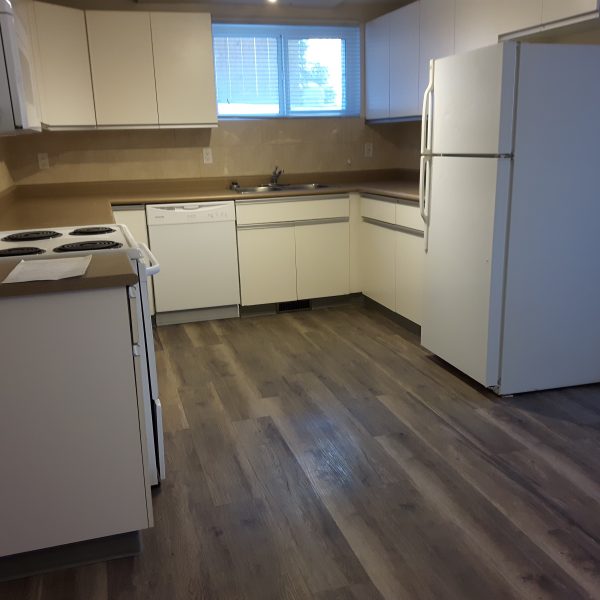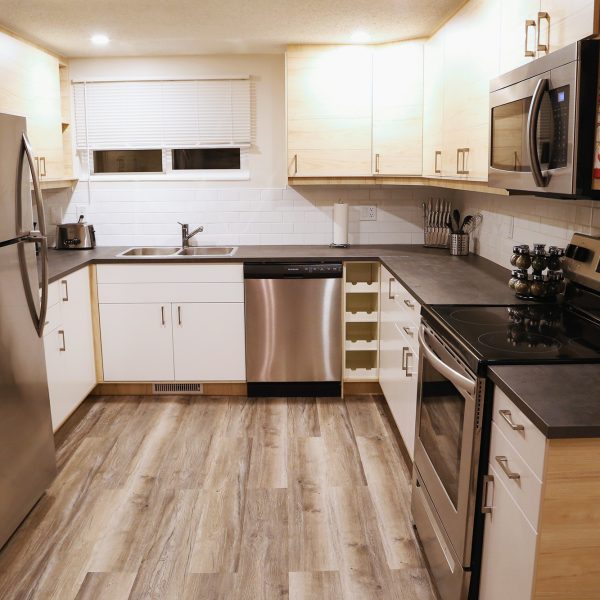After almost a week of frigid weather, I have found a few things around our properties that have become safety and maintenance concerns. Thankfully, there have been no frozen pipes! Please take a look for these things around your house and let me know if you have any problems.
Blocked dryer vents.
- First, make sure the dryer hose is connected to the dryer and to the vent hole exiting the house. Lint and moisture can hit the cold air and condense to form a glue like layer on the outside of the dryer vent cover. Reduced air flow may cause humidity to back up into the house. It may even become a fire hazard if it is blocked and the pipe is full of dryer lint. Please check that steam is coming out of your dryer vent when it is on and that the vent is able to flap open freely. DO NOT pry it open in the cold weather, it is usually plastic and the materials will be too brittle and it will just break. Call your landlord if you find this problem!
- The lint trap inside the dryer should be cleaned before every load and the pipe vacuumed annually. If the dryer is taking a long time to dry or leaving your clothes damp, it may need a good cleaning. It also stresses the motor and shortens the life of the dryer. Do let your rental housing provider know, wear and tear can be prevented by simple maintenance. A faulty dryer increases the electricity bill and, if it quits, you will be inconvenienced by waiting for a replacement. If the house owner can make his appliances last longer, he will be able to devote maintenance funds to renovations you will enjoy more than a new dryer!
Condensation on windows.
- If you have a warm humid suite and cold windows, the water vapour will condense on the cold surface and appear as frost. If you have 2-3 cm of ice on your windows, it is pretty normal in -30C temperatures, even on newer double paned windows. But do not attempt to open the window! There is probably more ice between the windows than you can see. The sash may break, older windows the glass may crack or you may have a window stuck open. Many windows are custom sizes and cannot be replaced quickly. If you had to move a window, use a hair dryer to remove all the ice for the whole length and height of it.
- Reduce humidity in the home by always using the bathroom fan when showering. If moisture is accumulating on the ceiling, increase the heat in the house, and leave the door open. Repeated excess humidity in bathrooms may age light fixtures, cause mold and mildew on tile and grout, bubble paint and even grow mold on drywall. These are not considered normal wear and tear in a bathroom.
- When it starts to thaw: Watch for puddles of thawed frost forming on the window sill and casing. Especially if there is direct sun on the window; it’s surprising how much faster things will melt in winter with a little sunshine. Wipe it away promptly; standing water will cause the wood to bubble and may soak in and become a place for mold to grow. Results of accumulated moisture on a window or in a bathroom would not be considered normal wear and tear. Bonus: It will be easy to clean the window tracks when it has been soaking already!
Further reduction of humidity: Use the stove exhaust fan when cooking, especially if you are boiling any liquid. Open curtains and blinds in the day to let the air circulate. Other measures are to install a thin plastic film on the inside of the windows from the hardware store to make an additional barrier to the cold.




Recent Comments